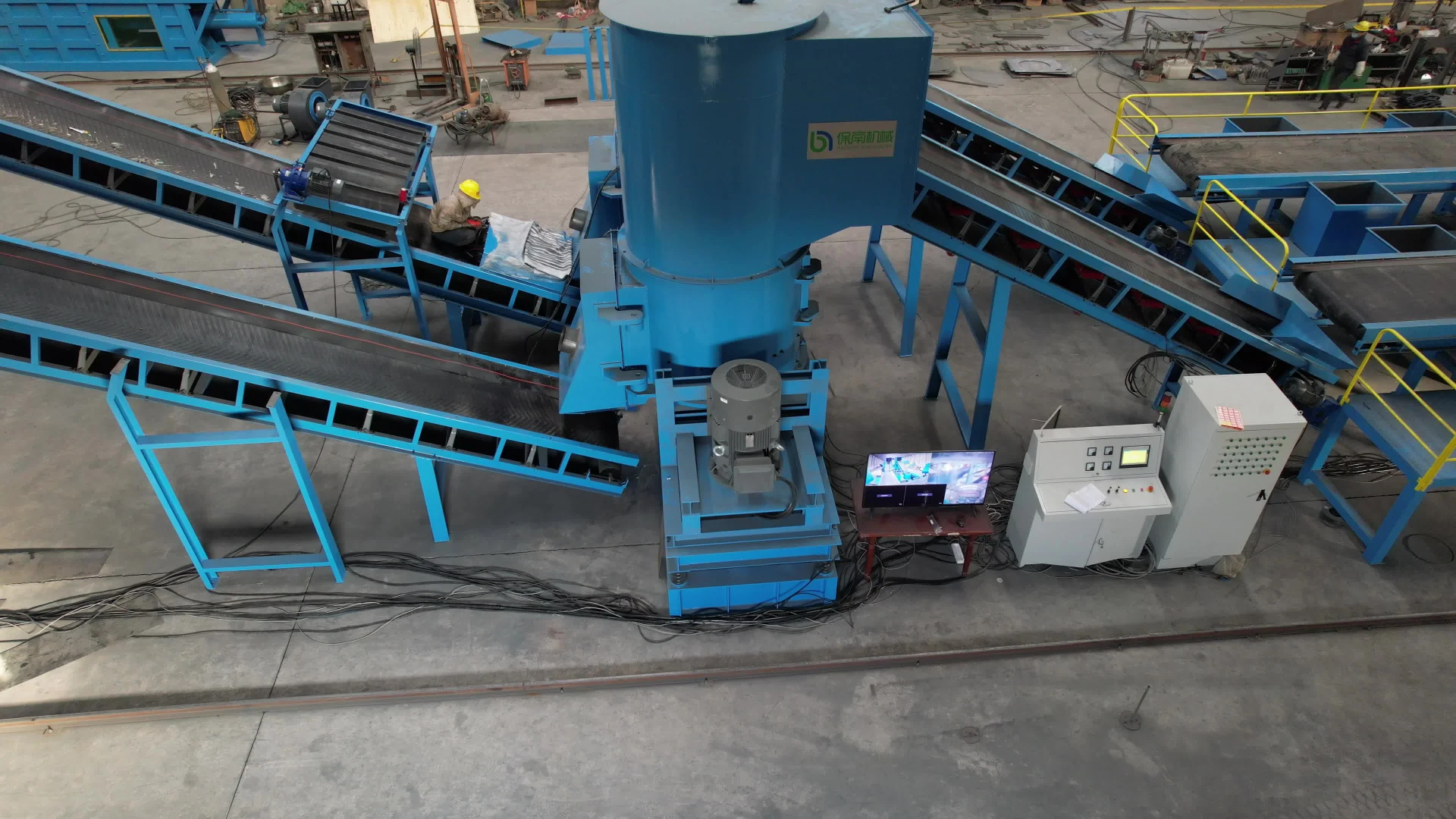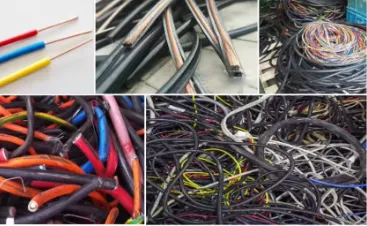Lead recycling plant manufacturers play a pivotal role in the sustainable management of one of the world's most versatile yet potentially harmful metals. Lead, with its various industrial applications, requires careful handling and recycling to ensure environmental safety and resource sustainability. This article delves into the comprehensive process of lead recycling, focusing on the expertise, experience, authority, and trustworthiness of manufacturers in this critical sector.

Manufacturers of lead recycling plants stand out not only through the quality of their machinery but also through their extensive knowledge of metallurgical processes, environmental regulations, and innovative solutions. By designing plants that efficiently convert scrap lead into reusable material, they significantly reduce the demand for raw lead ore mining, consequently minimizing the environmental impact.
The intricacies involved in constructing and operating a lead recycling plant require a deep understanding of both the scientific principles of metallurgy and the practical aspects of industrial engineering. Leading manufacturers employ seasoned engineers, metallurgists, and environmental scientists who collaborate to develop state-of-the-art systems. These systems are characterized by their ability to handle diverse lead-containing materials—from used batteries to industrial waste—and process them safely and efficiently.

Expertise in this field is demonstrated by the manufacturers' commitment to research and development. By staying abreast of the latest technological advancements and regulatory changes, they continuously improve the safety and efficiency of their recycling processes. This commitment is reflected in features such as advanced air filtration systems, automated sorting technologies, and energy-efficient smelting furnaces.
Moreover, the authority of a lead recycling plant manufacturer is often substantiated by its certifications and compliance with international standards. Compliance with regulations such as the EU’s REACH (Registration, Evaluation, Authorisation and Restriction of Chemicals) and standards like ISO 90012015 and ISO 140012015, is not merely a formality but a validation of the manufacturer’s commitment to quality and sustainability.
lead recycling plant manufacturer
Trustworthiness is further established through transparent operations and accountable environmental practices. Top manufacturers engage in open dialogues with stakeholders, including local communities, regulatory bodies, and environmental organizations, to ensure that their operations align with environmental sustainability and community safety objectives. They implement comprehensive environmental management strategies that include regular site audits, waste management protocols, and the adoption of greener technologies.
The experience that a well-established lead recycling plant manufacturer brings to their projects is an invaluable asset. Years—or even decades—of operational history provide them with a nuanced understanding of the challenges and opportunities within the recycling industry. This experience translates into practical knowledge that enhances the reliability of their plants, ensures regulatory compliance, and optimizes operational costs.
Beyond technological advancements and regulatory compliance, the operational success of these plants also hinges on effective workforce training. Skilled professionals operating the recycling machinery are provided with rigorous training programs that emphasize both safety protocols and operational efficiency. This human element ensures that recycling plants run smoothly, hazards are minimized, and productivity is maximized.
In summary, a lead recycling plant manufacturer’s reputation is built on a foundation of extensive experience, specialized expertise, authoritative certifications, and legitimized trustworthiness. These pillars enable manufacturers not only to produce efficient and environmentally responsible recycling plants but also to provide solutions that contribute towards the global movement for sustainable resource management. They exemplify the critical intersection of industry and environmental stewardship, making a lasting impact on both the planet and society. By focusing on continuous improvement and innovation, these manufacturers lead the charge towards a greener, more sustainable future.


